Old (but Unused, in Box) Canning Lids
robin_d
15 years ago
Related Stories
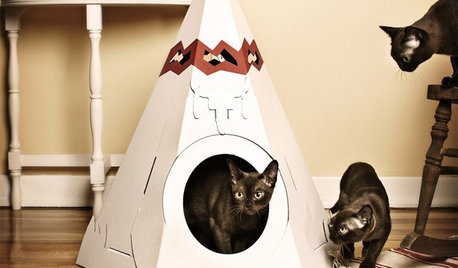
LIFEGet the Scoop on High-Design Litter Boxes
Unavoidable doesn't have to mean unpleasant; cats and guardians alike will purr over these terrific design solutions for the litter box
Full Story
ENTERTAININGGenius Home Prep: A Guest Room in a Box
No dedicated guest room? Make hosting overnighters easier by keeping the essentials in one place
Full Story
KITCHEN DESIGNBreaking Out of the Kitchen Work Triangle
Keep the efficiency but lose the rigidity with kitchen designs that don't box you in
Full Story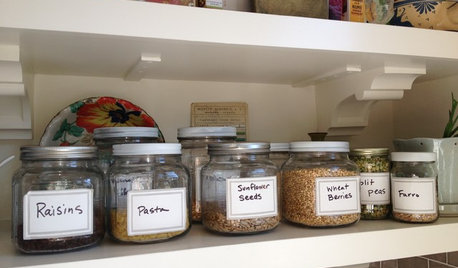
KITCHEN STORAGEArtful Organizers: Jars for Pretty Pantry Displays
Ditch the disheveled look of mismatched boxes and bags for colorful or clear pantry jars in an appealing arrangement
Full Story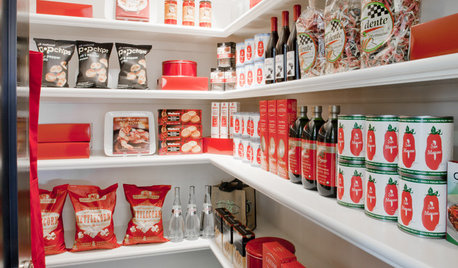
KITCHEN STORAGEGet It Done: How to Clean Out the Pantry
Crumbs, dust bunnies and old cocoa, beware — your pantry time is up
Full Story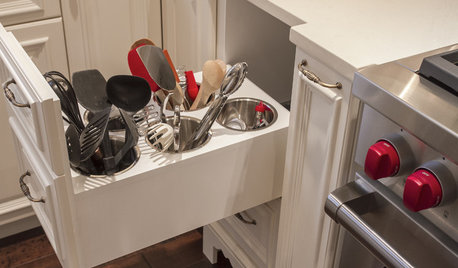
MOST POPULARThe 15 Most Popular Kitchen Storage Ideas on Houzz
Solve common kitchen dilemmas in style with custom and ready-made organizers, drawers, shelves and more
Full Story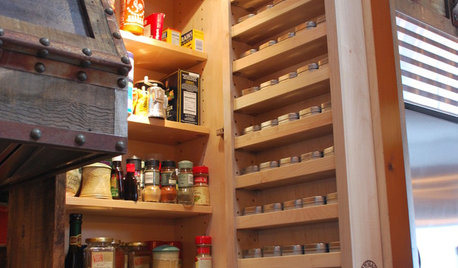
KITCHEN DESIGN7 Steps to Pantry Perfection
Learn from one homeowner’s plan to reorganize her pantry for real life
Full Story
FEEL-GOOD HOMESimple Pleasures: Make Do and Mend
Experience the satisfaction of fixing, repurposing and creating things yourself around the home
Full Story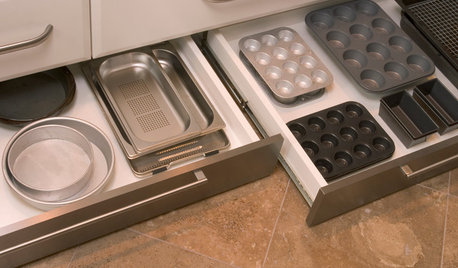
GREAT HOME PROJECTSHow to Add Toe Kick Drawers for More Storage
Great project: Install low-lying drawers in your kitchen or bath to hold step stools, pet bowls, linens and more
Full Story
ORGANIZINGStorage Tricks for Those Who Love Their Stuff
Get ideas for clearing the decks without getting rid of all the lovely things you want to keep around
Full Story





shirleywny5
belindach
Related Professionals
Folsom Landscape Architects & Landscape Designers · Prairie Ridge Landscape Architects & Landscape Designers · Salisbury Landscape Architects & Landscape Designers · Hartford Landscape Contractors · Barrington Landscape Contractors · Columbine Landscape Contractors · Live Oak Landscape Contractors · Melrose Park Landscape Contractors · Middletown Landscape Contractors · South Portland Landscape Contractors · Tigard Landscape Contractors · Minneapolis Roofing & Gutters · Queens Roofing & Gutters · Discovery Bay Roofing & Gutters · Ramona Driveway Installation & Maintenanceksrogers
joy_unspeakable
ksrogers
robin_dOriginal Author
readinglady
robin_dOriginal Author
grandad_2003
robin_dOriginal Author
readinglady
shirleywny5
Linda_Lou
ksrogers
shirleywny5
ksrogers
badarbyshire
annie1992